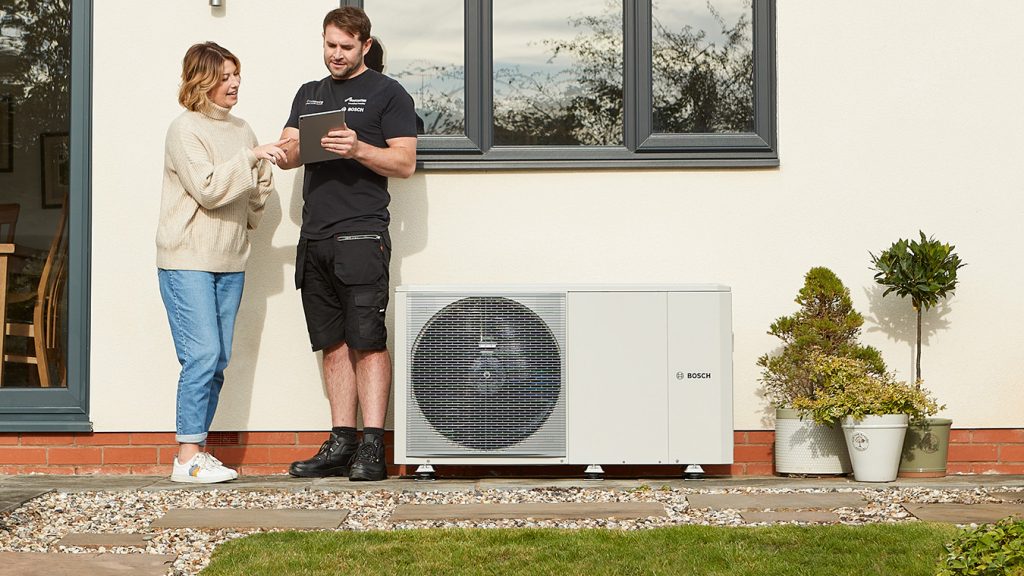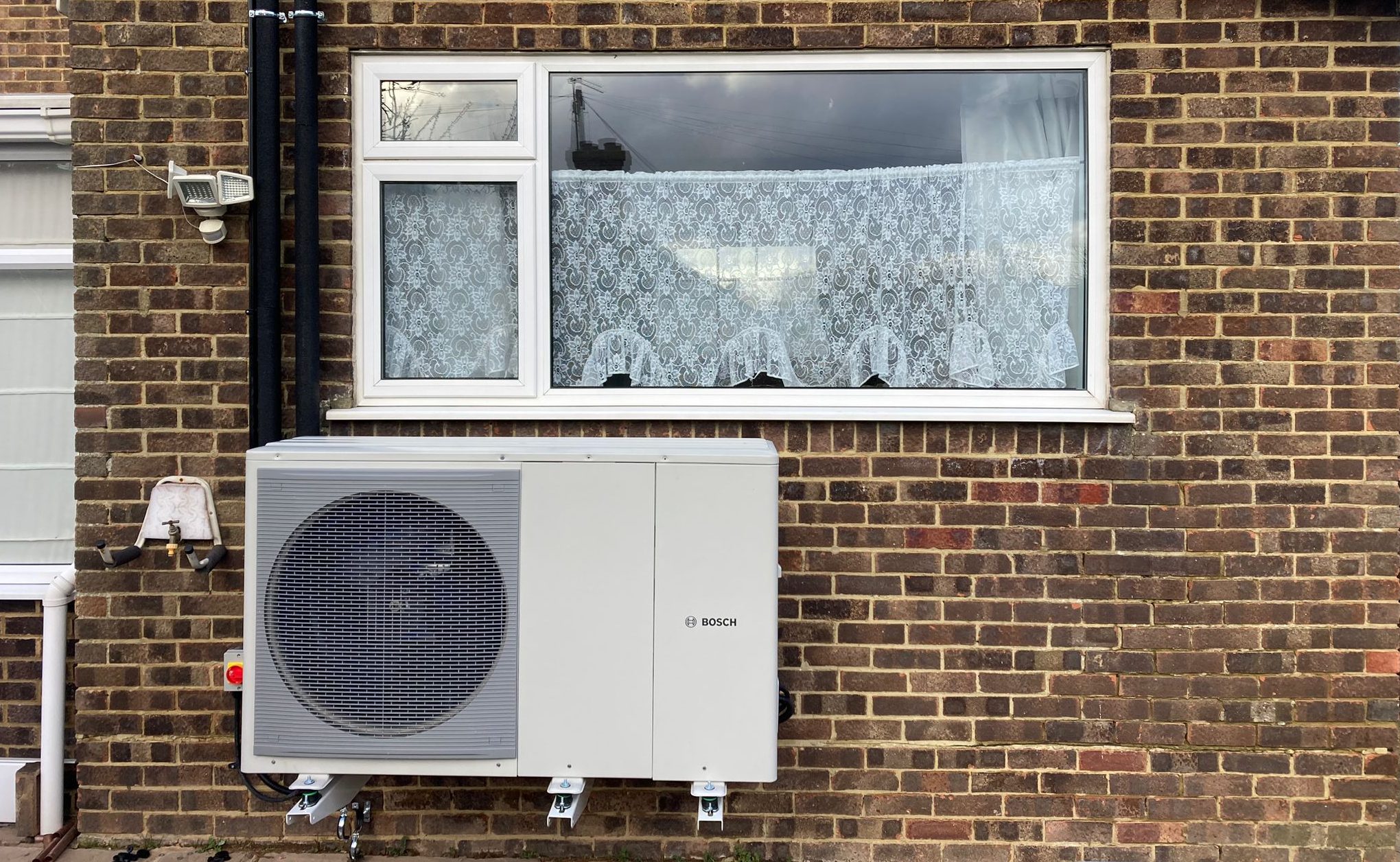A heat pump is one of the most energy-efficient heating and cooling solutions, helping homeowners reduce their carbon footprint and save on energy bills. However, if your heat pump turns on and off too frequently, it may be experiencing short cycling—a common issue that not only increases electricity costs but also reduces system efficiency. Furthermore, it accelerates wear and tear, leading to premature breakdowns.
If left unchecked, heat pump short cycling can lead to expensive repairs or worse, complete system failure. Therefore, it’s important to identify and fix the issue early.
Preventing Damage To Your System.
Heat pumps operate in cycles to maintain a consistent indoor temperature. Most systems run two to three cycles per hour, with each cycle lasting 10 to 20 minutes. Similarly, when a heat pump short cycles, it turns on and off every few minutes, preventing it from operating efficiently. Over time, this excessive cycling can reduce system performance and increase energy waste.
This issue can occur in both air source heat pumps and ground source heat pumps. As a consequence, it may result in uneven heating, higher energy consumption, and a shorter heat pump lifespan. In many cases, this also leads to higher electricity bills and unexpected repairs.
What Are The Main Causes of Cycling in Air Source Heat Pumps?
Several factors can trigger short cycling in heat pumps, including:
- An Oversized Heat Pump – If the heat pump is too powerful for your home, it will reach the set temperature too quickly and shut off prematurely. As a result, your system will frequently restart, putting unnecessary strain on its components.
- A Clogged Air Filter – Dirty air filters restrict airflow, leading to overheating and automatic shutdowns. To avoid this, check and replace your air filter regularly.
- Low Refrigerant Levels or Leaks – Refrigerant issues reduce system efficiency, forcing the pump to work harder.
- Poor Insulation – Inadequate insulation allows heat loss, making your heat pump run more frequently.
- Thermostat Malfunctions – A faulty thermostat may send incorrect temperature readings, causing irregular cycling.
- Dirty or Blocked Coils – Outdoor and indoor coils covered in dust or debris can cause overheating and short cycling.

Warning Signs of Heat Pump Short Cycling
If your heat pump is cycling too frequently, you may notice:
- Unusual Noises – Clicking, rattling, or fan speed fluctuations.
- Uneven Heating or Cooling – Hot or cold spots in different rooms.
- A Sudden Spike in Energy Bills – Short cycling forces the heat pump to work harder, increasing electricity usage.
How to Prevent Heat Pump Short Cycling
To stop heat pump short cycling and improve energy efficiency, follow these steps:
- Correct Heat Pump Sizing – Work with a qualified heat pump installer to ensure your system matches your home’s heating and cooling needs.
- Regular Maintenance – Clean or replace heat pump filters, check refrigerant levels, and clear debris from outdoor units.
- Install a Buffer Cylinder – A buffer tank (thermal storage tank) helps regulate system performance and reduce cycling.
- Upgrade to an Inverter Heat Pump – Variable-speed heat pumps adjust output dynamically, minimizing unnecessary cycling.
- Improve Home Insulation – Enhancing roof, wall, and floor insulation reduces heat loss and keeps indoor temperatures stable.
Final Thoughts
Short cycling is a common heat pump problem that can increase energy costs, reduce heating efficiency, and damage system components. If your heat pump is turning on and off frequently, addressing sizing, airflow, refrigerant levels, and insulation can help resolve the issue.
“For the best results, book a certified heat pump technician to inspect and optimize your system for long-term performance.


No responses yet